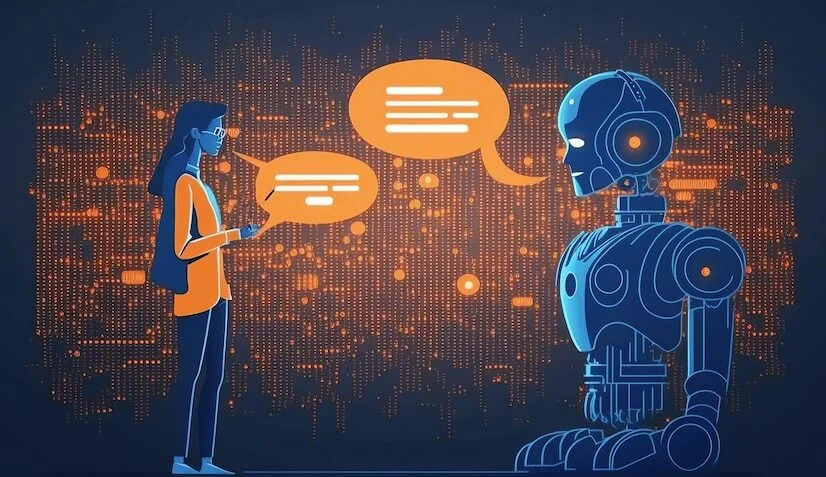Chat GPT-2: A Groundbreaking Language Model
In the world of artificial intelligence and natural language processing, few models have generated as much buzz as Chat GPT-2. Short for Generative Pre-trained Transformer 2, the Chat GPT-2 Model is an incredibly powerful language model that has been making waves in a wide range of fields, from chatbots to content creation and more.
In this blog, we’ll dive into what GPT-2 is, how it works, and what makes it such a remarkable tool for natural language processing and other applications.
What is GPT-2?
GPT-2 is a state-of-the-art language model created by OpenAI, a leading artificial intelligence research organization. Released in 2019, it builds on the success of the original GPT model and features a number of significant improvements and enhancements.
Like its predecessor, GPT-2 is a “transformer” model, meaning that it uses attention mechanisms to process input sequences and generate output sequences. However, GPT-2 takes things to a whole new level, with an enormous number of parameters and an unprecedented ability to generate high-quality text.
How does GPT-2 work?
At a high level, GPT-2 works by training on a massive corpus of text data and then using that training to generate new text based on input prompts. The model consists of many layers of neural networks, each of which performs a specific function in the language processing pipeline.
During training, GPT-2 is fed huge amounts of text data from a wide range of sources, including books, websites, and other written material. This allows the model to learn patterns and relationships within the language, which it can then use to generate new text.
Once trained, GPT-2 can be used to generate text in a variety of ways. One common approach is to feed the model a prompt or partial sentence, and then allow it to generate the rest of the sentence or even an entire paragraph or longer piece of text. This can be done either in a “sampling” mode, where the model generates text randomly based on its learned probabilities, or in a “top-k” mode, where the model selects the most likely next word based on a set of criteria.
Chat GPT 101: A Beginner’s Guide for 2023
What makes GPT-2 so powerful?
There are several factors that make GPT-2 such a remarkable language model. Perhaps the most important is its sheer size and complexity: with 1.5 billion parameters, GPT-2 is one of the largest language models ever created. This allows it to learn incredibly complex patterns and relationships within the language, and to generate text that is often difficult to distinguish from that written by a human.
In addition to its size, GPT-2 also features a number of other advanced capabilities that contribute to its power. These include:
- Multi-task learning: GPT-2 is able to learn and perform multiple language-related tasks, such as text classification, summarization, and more.
- Transfer learning: GPT-2 can be fine-tuned on specific datasets, allowing it to learn specialized language patterns and generate more focused, domain-specific text.
- Zero-shot learning: GPT-2 is able to generate text in languages it has never been explicitly trained on, making it a powerful tool for multilingual applications.
Applications of GPT-2
The power and flexibility of GPT-2 make it a highly versatile tool with a wide range of potential applications. Some of the most promising areas for GPT-2 include:
- Content creation: GPT-2 can be used to generate high-quality content for websites, social media, and other digital platforms, reducing the need for human writers and editors.
- Chatbots and virtual assistants: GPT-2 can be used to power conversational agents that are able to understand and respond to natural language input, making them more engaging and effective.
- Language translation: GPT-2’s ability to generate text in multiple languages makes it a powerful tool for machine translation applications.
- Text summarization: GPT-2 can be used to automatically summarize long documents or articles, making it a valuable tool for news and media organizations.
- Text classification: GPT-2’s multi-task learning capabilities make it well-suited for a range of text classification tasks, such as sentiment analysis, spam detection, and more.
Our Perspective:
Overall, GPT-2 is a truly remarkable language model with enormous potential for a wide range of applications. Its size, complexity, and advanced capabilities make it a powerful tool for natural language processing and other tasks, and it is likely to continue driving innovation and progress in this field for years to come. As researchers and developers continue to push the boundaries of what’s possible with GPT-2 and other language models, we can expect to see even more exciting developments in the years ahead.




